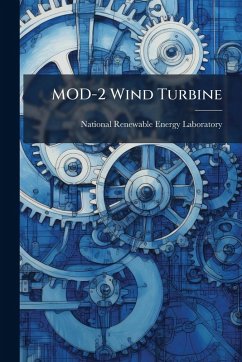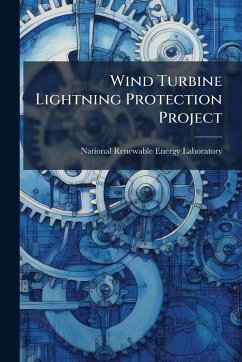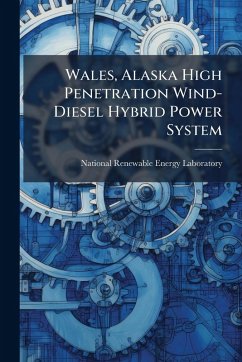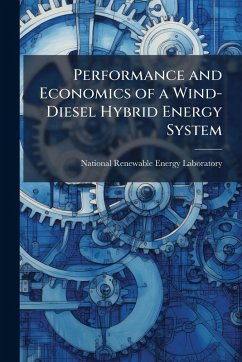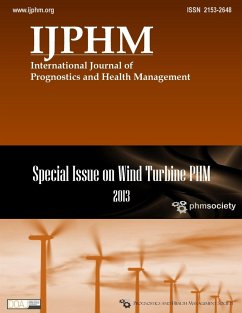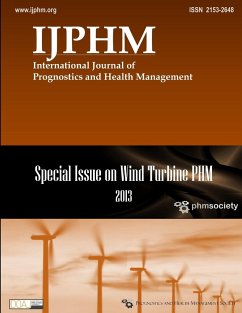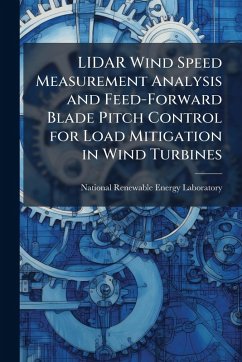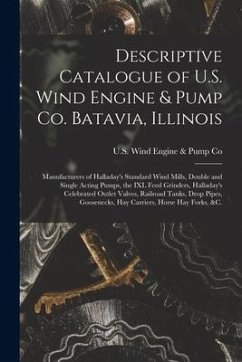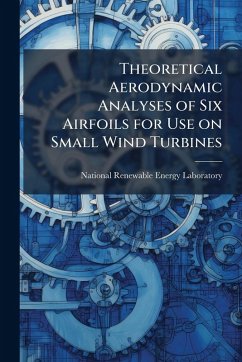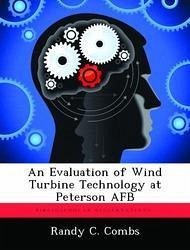
An Evaluation of Wind Turbine Technology at Peterson AFB
Versandkostenfrei!
Versandfertig in über 4 Wochen
17,99 €
inkl. MwSt.

PAYBACK Punkte
9 °P sammeln!
Wind energy technology is a viable source for attaining the emission reduction and renewable energy use goals set forth by the executive office. In accordance with Executive Orders, the Air Force must reduce greenhouse emissions and energy consumption, and expand the use of renewable energy sources within its facilities nation-wide by year 2010. This mandate requires that the Air Force look at alternative electrical production and rely more on such renewable energy resources as wind power. The specific problem addressed by this research is whether on-site wind energy generation can be more eco...
Wind energy technology is a viable source for attaining the emission reduction and renewable energy use goals set forth by the executive office. In accordance with Executive Orders, the Air Force must reduce greenhouse emissions and energy consumption, and expand the use of renewable energy sources within its facilities nation-wide by year 2010. This mandate requires that the Air Force look at alternative electrical production and rely more on such renewable energy resources as wind power. The specific problem addressed by this research is whether on-site wind energy generation can be more economically feasible than the conventional energy consumption at Peterson AFB. The hypothesis of this research is that wind energy will not be economically effective as an energy alternative without the inclusion of quantified environmental benefits. The life cycle cost comparisons derived from generating on-site wind energy proved not to be strictly economically feasible for Peterson AFB when compared to fossil fuel generated electricity. However, with the inclusion of the valuation of environmental benefits, it was determined that wind energy is a worthwhile project if the U.S. Air Force is willing to pay the extra costs for the global socioeconomic benefits. This work has been selected by scholars as being culturally important, and is part of the knowledge base of civilization as we know it. This work was reproduced from the original artifact, and remains as true to the original work as possible. Therefore, you will see the original copyright references, library stamps (as most of these works have been housed in our most important libraries around the world), and other notations in the work. This work is in the public domain in the United States of America, and possibly other nations. Within the United States, you may freely copy and distribute this work, as no entity (individual or corporate) has a copyright on the body of the work. As a reproduction of a historical artifact, this work may contain missing or blurred pages, poor pictures, errant marks, etc. Scholars believe, and we concur, that this work is important enough to be preserved, reproduced, and made generally available to the public. We appreciate your support of the preservation process, and thank you for being an important part of keeping this knowledge alive and relevant.




